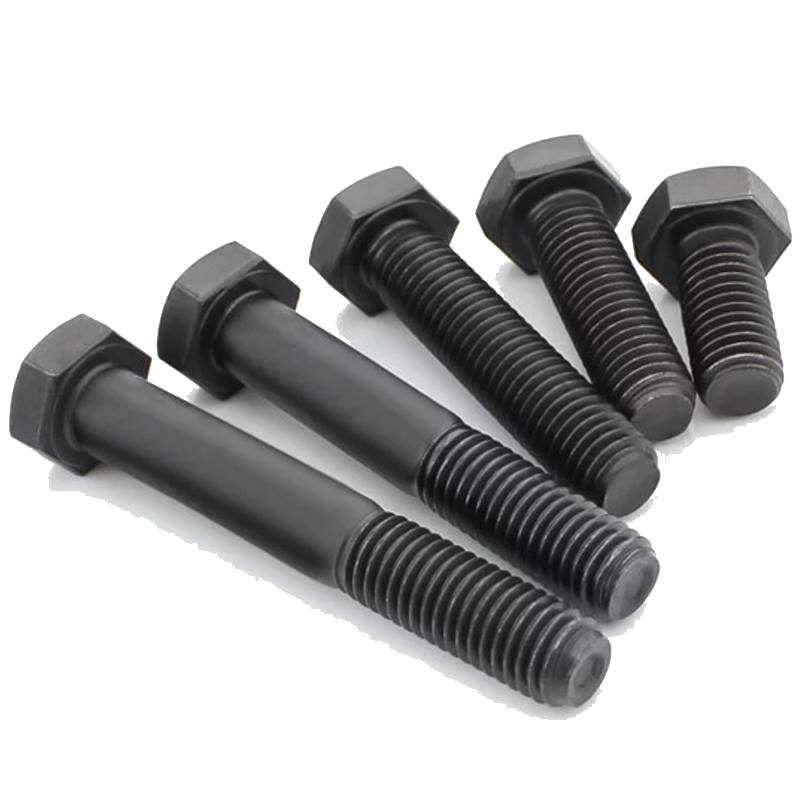siding screws
Novemba . 04, 2024 23:38 Back to list
siding screws
Understanding Siding Screws A Comprehensive Guide
When it comes to home construction or renovation, the choice of materials and tools plays a pivotal role in ensuring durability and aesthetic appeal. One particular component that is often overlooked but is crucial for the longevity of siding installations is siding screws. This article delves into the importance, types, benefits, and best practices associated with siding screws.
What Are Siding Screws?
Siding screws are specialized fasteners designed specifically for securing siding materials to structural framing. Unlike standard screws, siding screws have unique features, such as a larger head, a sharp tip for easy penetration, and a threaded body that ensures a tight grip. They come in various materials, such as stainless steel, coated steel, and aluminum, each offering different levels of corrosion resistance and strength.
Importance of Siding Screws
Using the appropriate siding screws is critical for several reasons
1. Stability Siding screws provide a stable connection that can withstand various weather conditions, preventing warping or loosening over time.
2. Longevity Quality siding screws made from corrosion-resistant materials will prolong the life of the siding, thus protecting the home from elements such as moisture, wind, and temperature fluctuations.
3. Aesthetic Appeal Properly installed siding not only serves a functional purpose but also enhances the visual appeal of a home. Using the right screws ensures a clean and professional finish.
Types of Siding Screws
When selecting siding screws, it is essential to consider the material of the siding being installed. Here are some common types of siding screws
1. Wood Siding Screws These screws typically have a sharp point and coarse threads designed to secure wooden siding materials. They provide better grip and prevent splitting.
2. Vinyl Siding Screws Vinyl siding screws are often made of stainless steel or coated metal to resist corrosion. They have unique designs that allow for some movement of the siding, accommodating expansion and contraction.
3. Fiber Cement Siding Screws Fiber cement siding screws are specifically engineered to handle the density of fiber cement materials. They usually feature a specialized drill bit and sharp tip for easy installation.
siding screws

Benefits of Using Siding Screws
Using siding screws instead of nails or other fasteners offers several advantages
1. Ease of Installation Siding screws can be easily driven into the siding materials, making the installation process quicker and more efficient.
2. Greater Holding Power Because of their design, siding screws provide a stronger hold than traditional nails, resulting in less movement and better performance over time.
3. Less Chance of Damage Unlike nails that can split wood or crack siding materials, screws minimize the risk of damage during installation and over the lifespan of the siding.
Best Practices for Installing Siding Screws
To maximize the effectiveness of siding screws, consider these best practices
1. Correct Spacing Follow the manufacturer's recommendations for screw spacing to ensure proper support and avoid sagging.
2. Pilot Holes When working with harder materials, pre-drilling pilot holes can help prevent splitting and make installation smoother.
3. Avoid Over-tightening Over-tightening screws can lead to warping or damage. Tighten the screws just enough to secure the siding without distorting it.
4. Choose the Right Length Make sure to select screws that are long enough to penetrate the siding material and underlying structure without being excessively long.
Conclusion
In summary, siding screws are an integral part of any siding installation project. Their specialized design and robust features enhance the overall integrity of the siding, providing stability, longevity, and aesthetic appeal. By understanding the types of siding screws available and adhering to best practices for installation, homeowners and contractors can ensure a successful siding project that stands the test of time. Investing in the right siding screws is not just a small detail; it’s an essential step in creating a well-constructed home.
Latest news
-
Premium Wire Bolts Suppliers | High-Quality Bolts
NewsAug.05,2025
-
Trusted Wire Bolts Suppliers - Durable & Reliable Solutions
NewsAug.04,2025
-
Wire Bolts Company | Premium Industrial Fasteners
NewsAug.03,2025
-
Top Wire Bolts Suppliers | AI-Optimized Fast Delivery
NewsAug.02,2025
-
Top Metric Wood Screw Companies | Durable & Reliable
NewsAug.01,2025
-
Premium Lawn Mower Handle Bolts Supplier | Fast Delivery
NewsJul.31,2025
